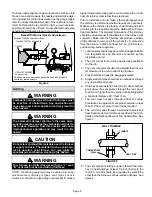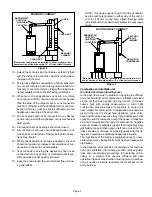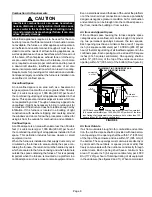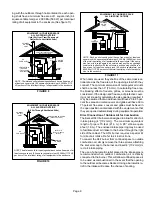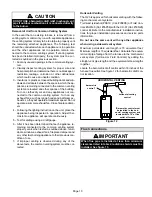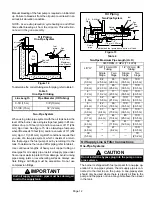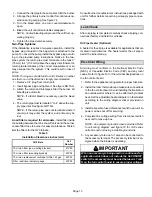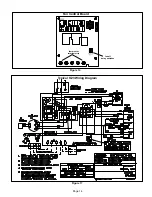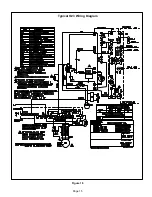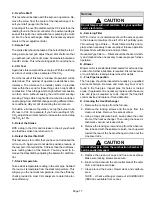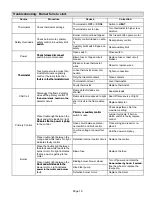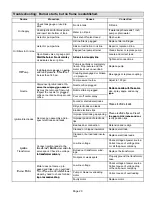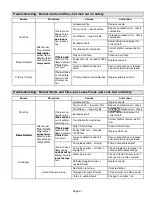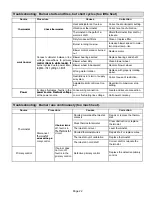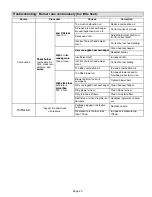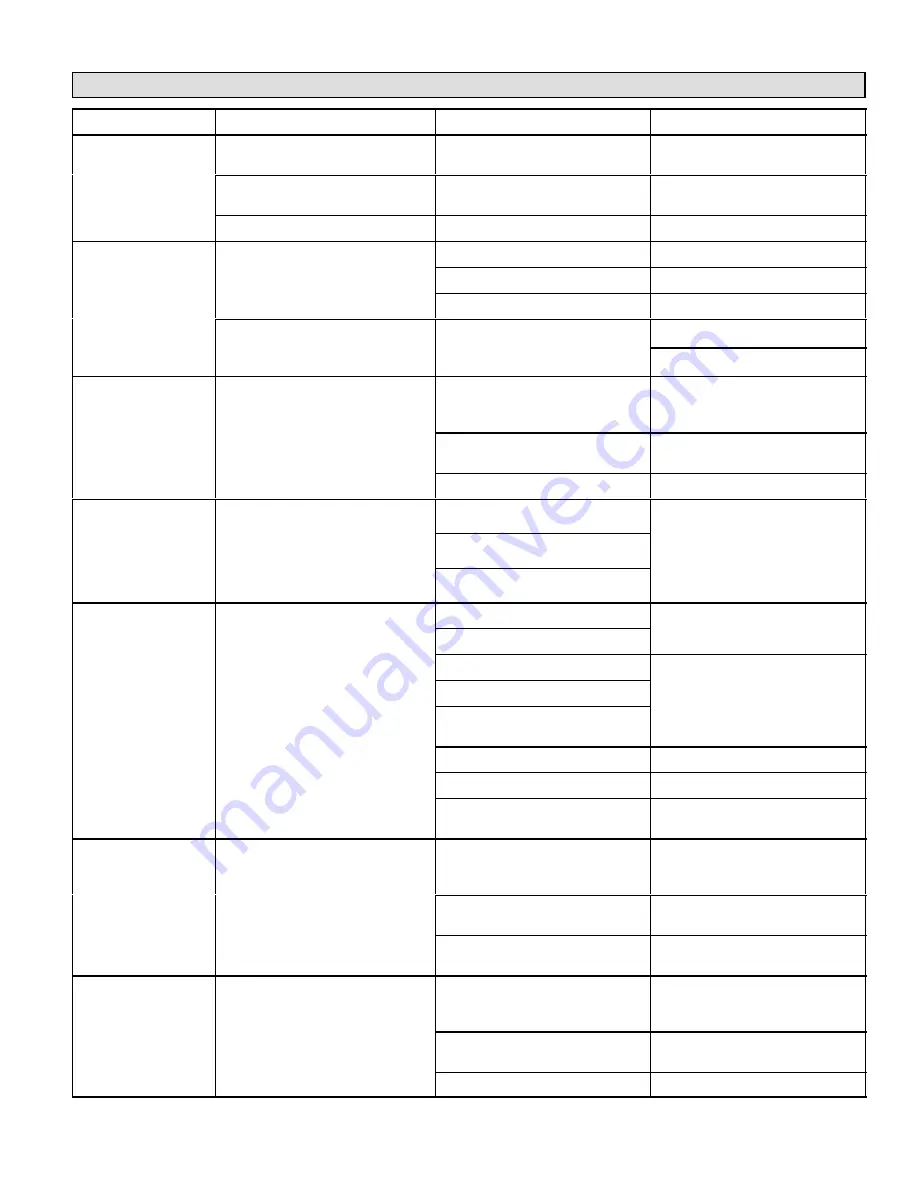
Page 20
Troubleshooting: Burner starts, but no flame is established.
Source
Procedure
Causes
Correction
Check tank gauge or use dip
stick.
No oil in tank
Fill tank.
Oil Supply
Coat dip stick with litmus paste
and insert into bottom of tank.
Water in oil tank
If water depth exceeds 1 inch,
pump or drain water.
Listen for pump whine.
Tank shut−off valve closed
Open valve.
Oil line filter is plugged
Replace filter cartridges.
Listen for pump whine.
Kinks or restriction in oil line
Repair or replace oil line.
Oil Filters & Oil Line
Plugged fuel pump strainer
Clean strainer or replace pump.
Open bleed valve or gauge port.
Start the burner No oil or milky
Air leak in oil supply line
Locate and correct leak.
Start the burner. No oil or milky
oil indicates loss or prime.
Air leak in oil supply line
Tighten all connections.
Oil P
Install pressure gauge on pump
d
d
Sh
ld
t
Pump is partially or completely
frozen. No pressure and the
motor locks out on overload.
Replace pump.
Oil Pump
p
g
g
p
p
and read pressure. Should not
be less than 140 psi.
Coupling disengaged or broken
− no pressure
Re−engage or replace coupling.
Fuel pressure too low
Adjust to 100 psi.
Disconnect ignition leads. Ob-
serve the oil spray (gun assem-
Nozzle orifice plugged
Replace nozzle with the same
Nozzle
serve the oil spray (gun assem
bly must be removed from unit).
Inspect the nozzle for plugged
Nozzle strainer plugged
Replace nozzle with the same
size, spray angle, and spray
type
Inspect the nozzle for plugged
orifice or carbon build−up around
orifice.
Poor or off center spray
type.
Fouled or shorted electrodes
Clean electrode leads
Dirty electrodes and leads
Clean electrode leads.
Eroded electrode tips
Cl
l
t d ti
d
t
Improper electrode gap spacing
Clean electrode tips and reset
the gap to 5/32 inches and cor-
Ignition Electrodes
Remove gun assembly and in-
spect electrodes and leads.
Improper position of electrode
tips
the gap to 5/32 inches and cor
rectly position tips.
Bad buss bar connection
Retension and realign.
Cracked or chipped insulators
Replace electrode.
Cracked or burned lead insula-
tors
Replace electrode leads.
I
iti
Connect ignition leads to the
t
f
St t b
d b
Low line voltage
Check voltage at power source.
Correct cause of voltage drop
or call the power company.
Ignition
Transformer
g
transformer. Start burner and ob-
serve spark. Check line voltage
to transformer primary.
Burned out transformer wind-
ings.
Replace the transformer.
to transformer primary.
No spark or weak spark
Properly ground the transformer
case.
B
M t
Motor does not come up to
speed and trips out on overload.
T
ff
d
t t bl
Low line voltage
Check voltage at power source.
Correct cause of voltage drop
or the call power company.
Burner Motor
p
p
Turn off power and rotate blower
wheel by hand to check for bind-
ing or excessive drag.
Pump or blower overloading
motor
Correct cause of overloading.
ing or excessive drag.
Faulty motor
Replace motor.

